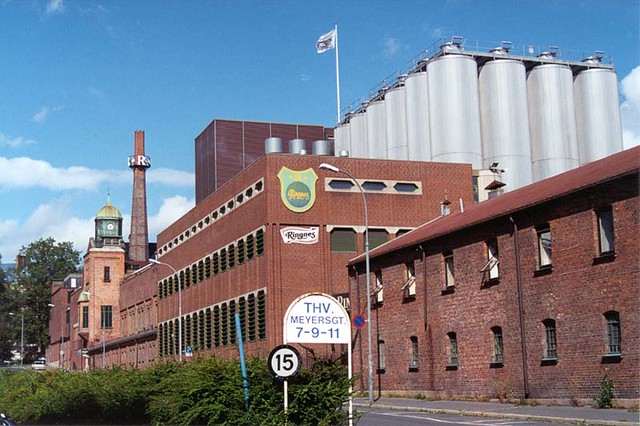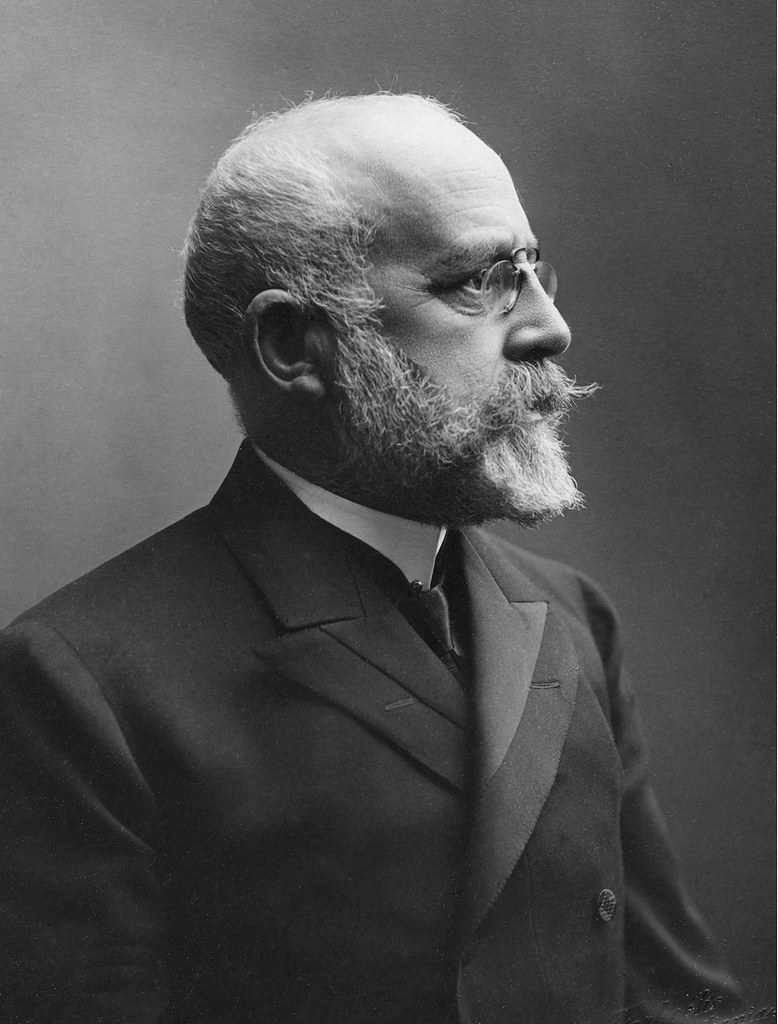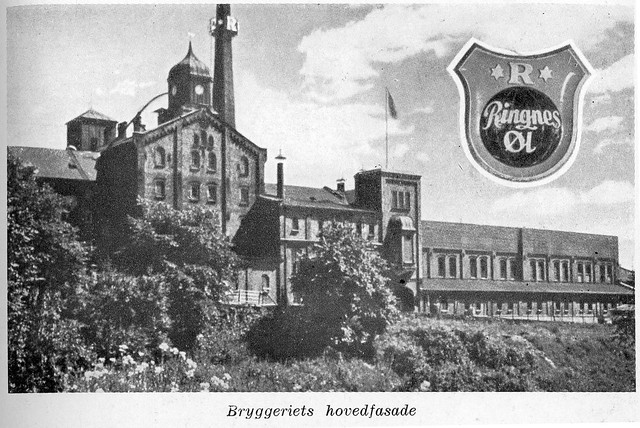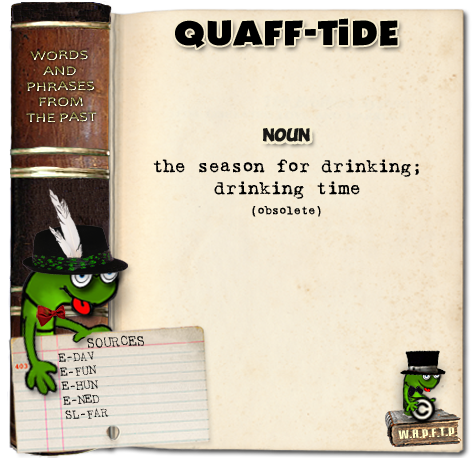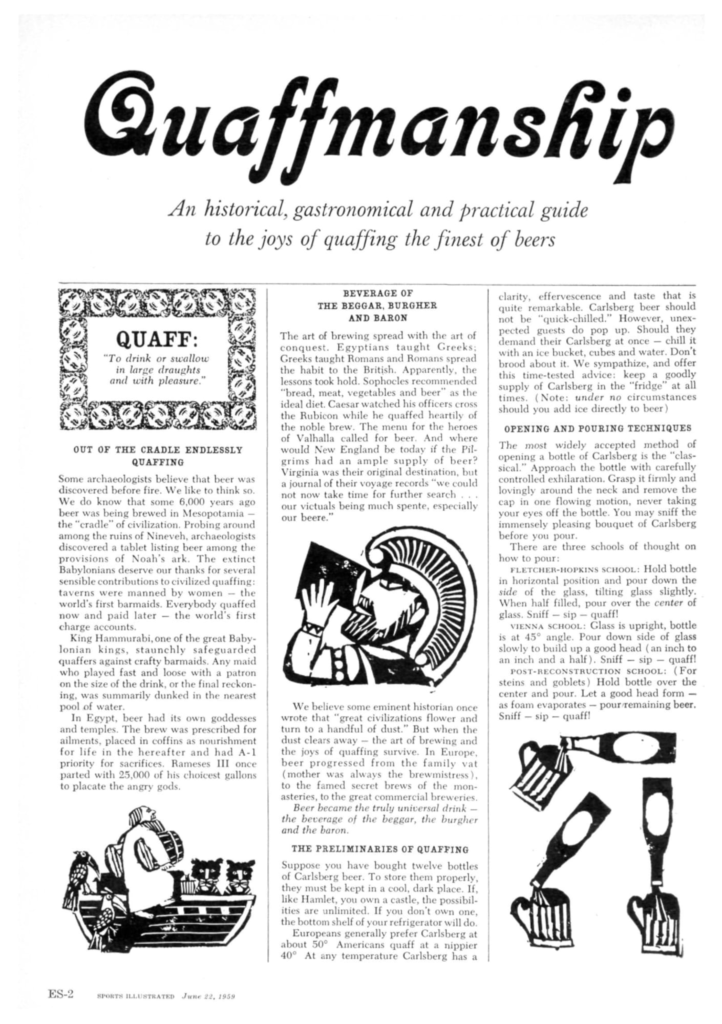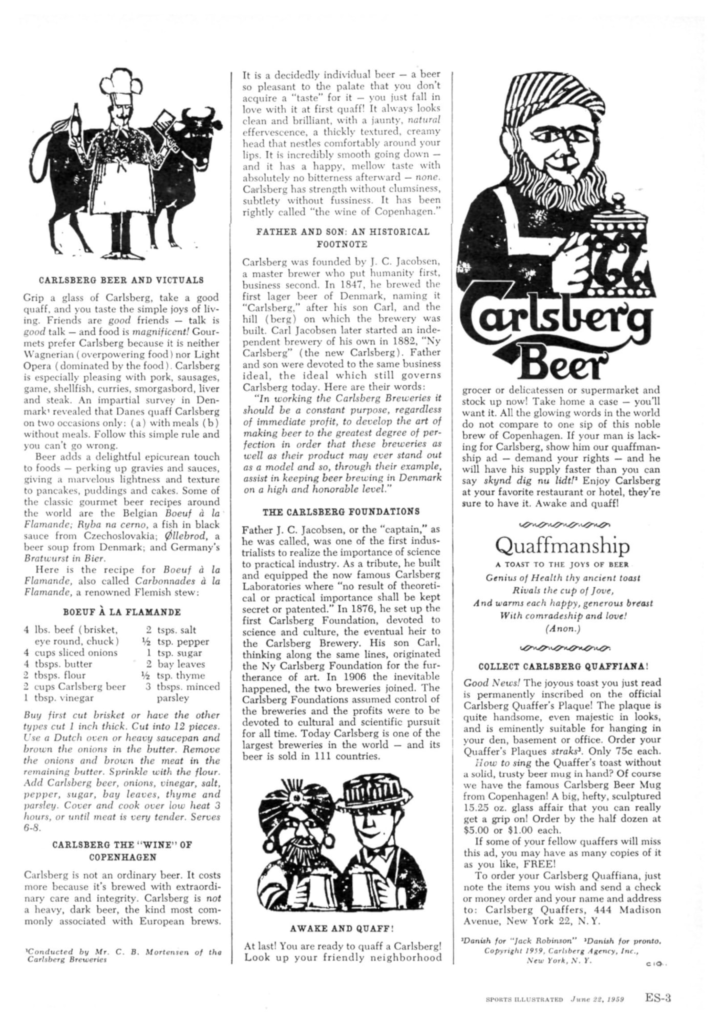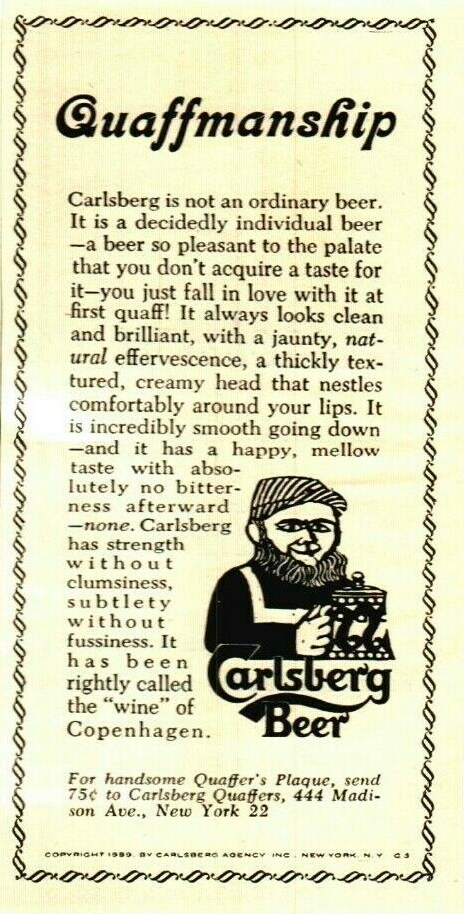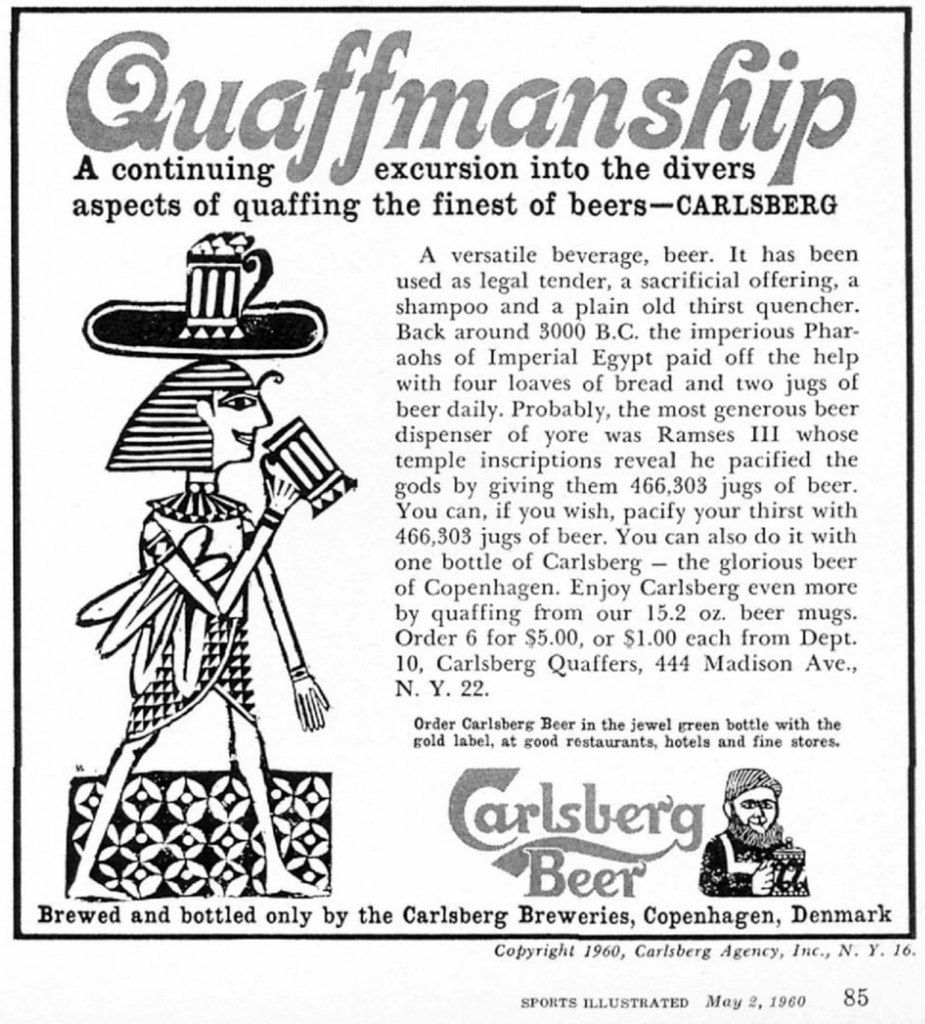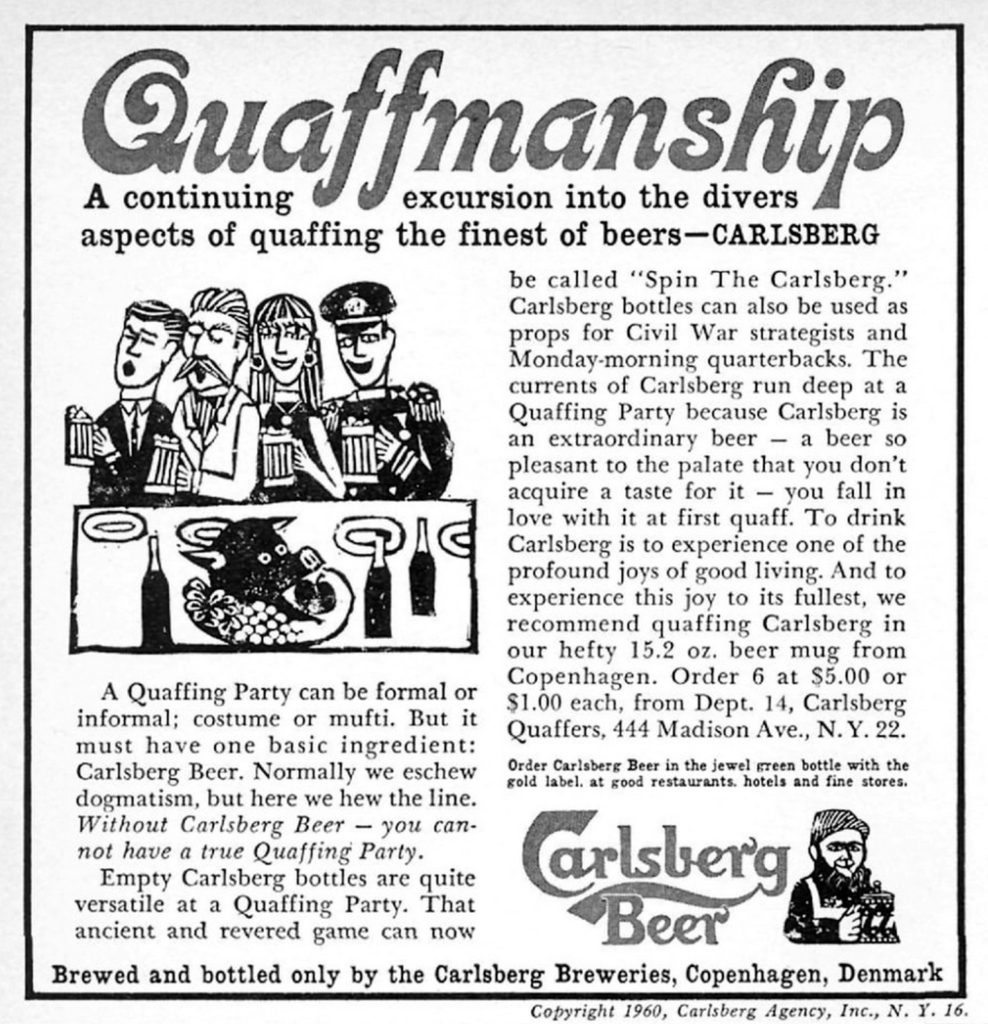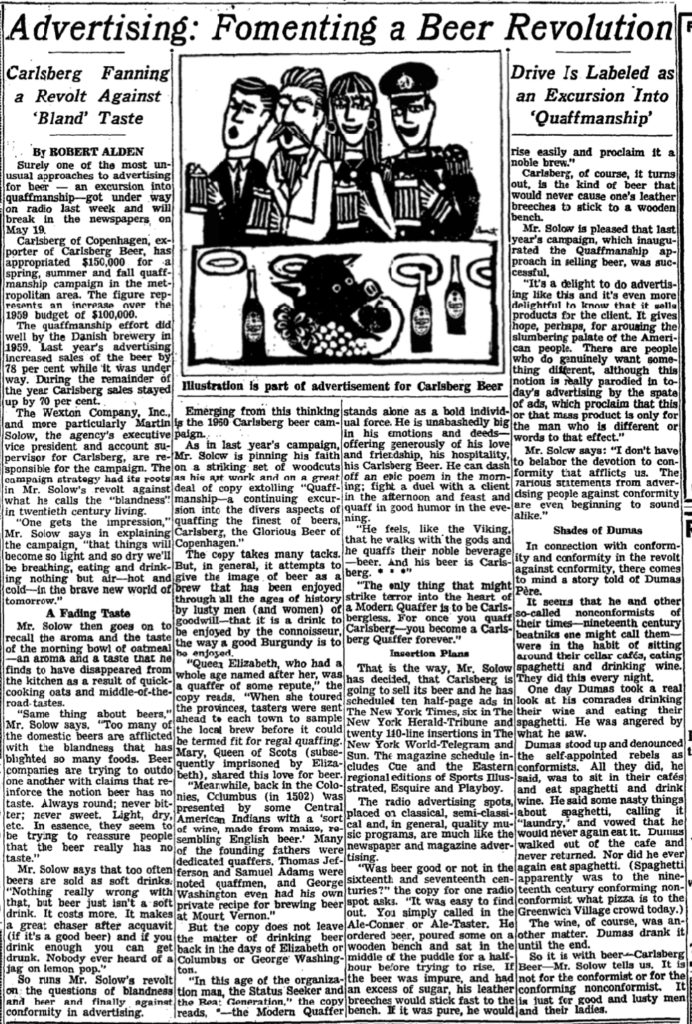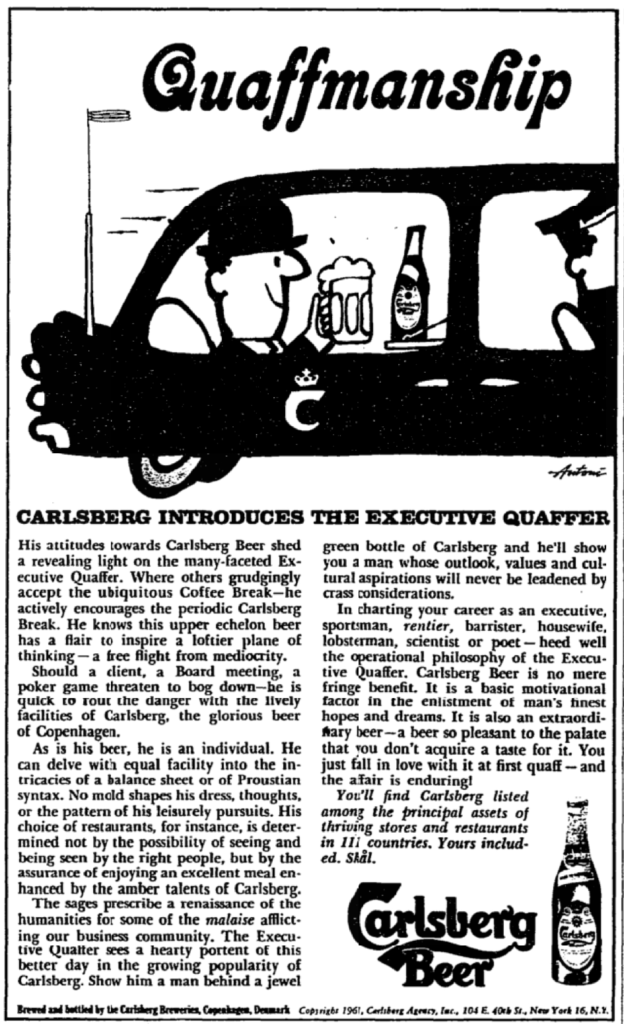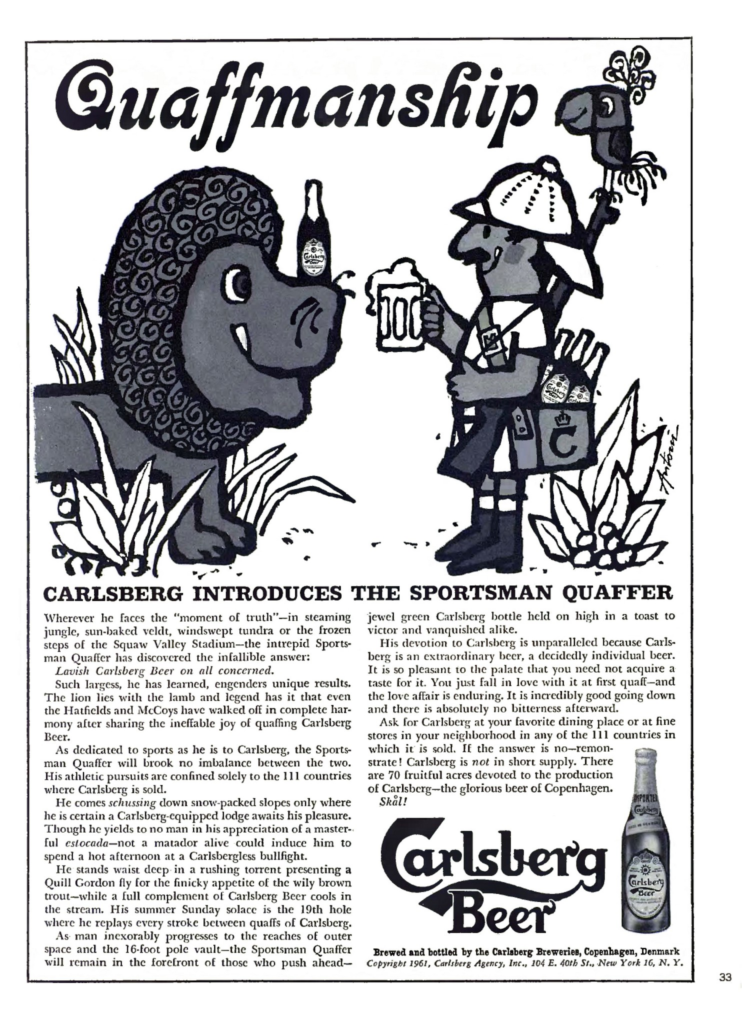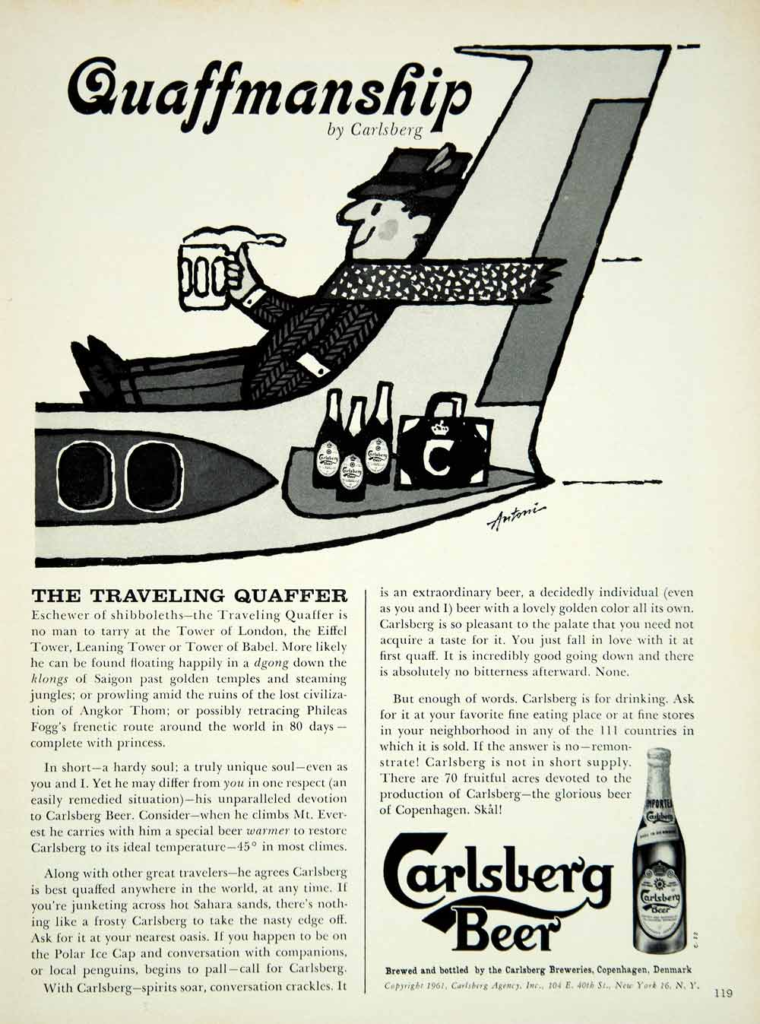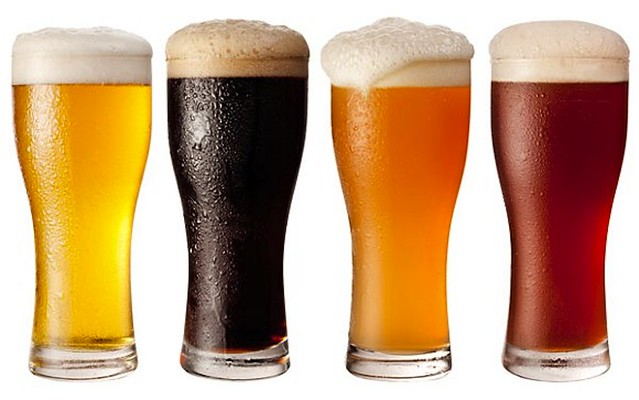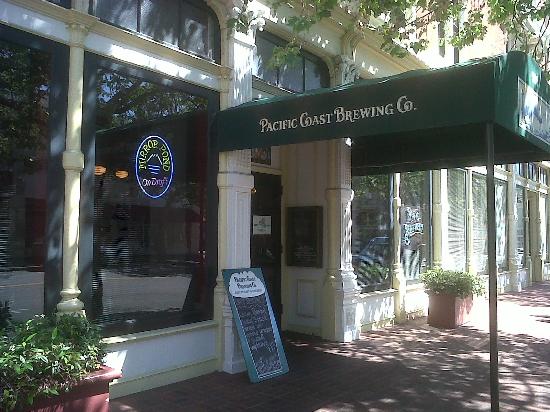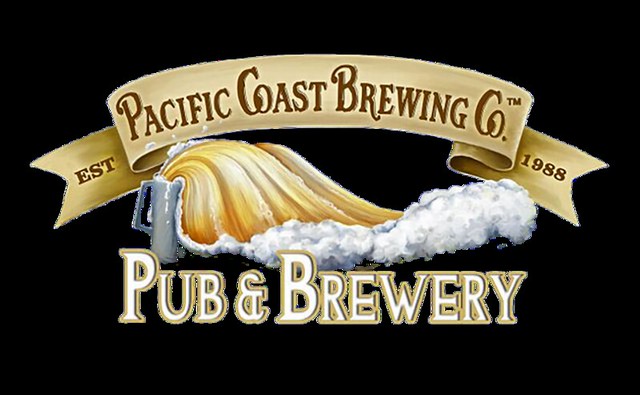
Today is the birthday of Walter Jerome Green (October 10, 1842-January 27, 1885). He was the son of Charles Green, who founded an upstate New York hop merchant around 1840. After his son joined the business, it became known as Charles Green & Son. According to the Brewers’ Journal, he was “one of the earliest and most widely known hop merchants of Central New York.”

Here’s a portion of his obituary that mentions the hop business from Oneida County, NY Biographies:
Walter Jerome Green, who passed away in Utica on the 27th of January, 1885, was one of the city’s most prominent business men and respected residents. He was a leading factor in financial circles as a member of the banking house of Charles Green & Son, of Utica, and was also the president and owner of the Jacksonville, St. Augustine and Halifax River Railroad of Florida. He is survived by his widow and one son. His birth occurred in Hubbardsville, Madison county, New York, on the 10th of October, 1842, his father being Charles Green, who was born at Sangerfield, Oneida county, on the 28th of May, 1811. The latter was prominently identified with financial interests in Utica for a number of years, being one of the oldest and best known bankers and business men of this part of the state. David Green, the paternal grandfather of our subject, was born at South East, Putnam county, New York, his ancestors, John Alden and Priscilla Nolines, coming to America in the Mayflower. He was related to General Nathaniel Green of Revolutionary fame. His mother, who in her maidenhood bore the name of Deliverance Hatch, was a native of Cape Cod, Massachusetts. Her mother was a Sears, to which family David Green was likewise related.
The mother of Walter Jerome Green bore the maiden name of Mary Jane Hubbard and was a resident of Hubbardsville. Madison county, New York. She was a descendant of Lieutenant Joseph Kellogg, of Hadley, Massachusetts. Her parents, Oliver Kellogg and Mary (Meachem) Hubbard, were both natives of Connecticut, the former of Windsor and the latter of Simsbury, that state.
Walter Jerome Green received a liberal education in his youth, attending Cazenovia Seminary and Madison University. Desiring to become a member of the legal fraternity, he qualified for practice by an extensive course of study and was graduated from Albany University in 1864. At the end of two years, however, he abandoned a promising career as an attorney because the increasing importance of his father’s business made it desirable for him to come to his assistance. Soon afterward he was admitted to a partnership in the bank and the name of the firm became Charles Green & Son. Young though he was, his enterprising spirit soon made itself felt in the affairs of his father’s business, which gradually broadened its field, of operations and took a leading place among similar enterprises in the central part of the state. An important department in the business of the house was the trade in hops, which became so extensive as to place the firm among the largest dealers in this country. To meet the demand for reliable intelligence bearing on the hop trade, the firm published a journal known as Charles Green & Son’s Hop Paper, a large, handsomely printed, four page folio of twenty eight columns, of which an edition of about five thousand was issued, gratuitously, each quarter.
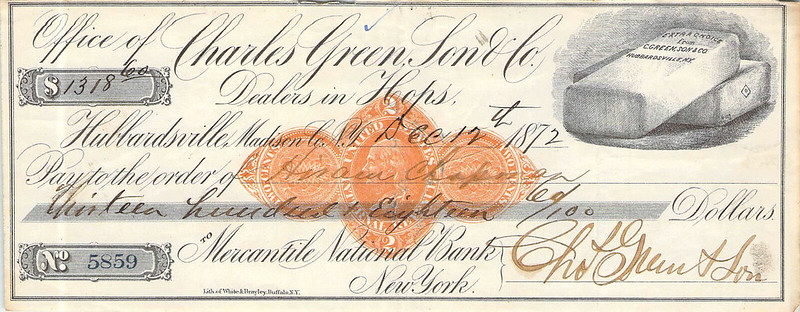
And here’s another account from Michael Brown Rare Books:
Charles Green’s son, Walter Jerome Green became one of Utica, New York
‘s most prominent business men and respected residents. He was a leading factor in financial circles as a member of his family’s banking house of Charles Green & Son, of Utica, and was also the president and owner of the Jacksonville, St. Augustine and Halifax River Railroad of Florida. Walter’s birth occurred in Hubbardsville, Madison County, New York, on the 10th of October, 1842. He received a liberal education in his youth, attending Cazenovia Seminary and Madison University. Desiring to become a lawyer, he qualified for practice by an extensive course of study and was graduated from Albany University in 1864. At the end of two years, however, he abandoned a promising career as an attorney because the increasing importance of his father’s business made it desirable for him to come to his assistance. Soon afterward he was admitted to a partnership in the bank and the name of the firm became Charles Green & Son.Young though he was, his enterprising spirit soon made itself felt in the affairs of his father’s business, which gradually broadened its field, of operations and took a leading place among similar enterprises in the central part of the state. An important department in the business of the house was the trade in hops, which became so extensive as to place the firm among the largest dealers in this country. To meet the demand for reliable intelligence bearing on the hop trade, the firm published a journal known as Charles Green & Son’s Hop Paper, a large, handsomely printed, four page folio of twenty eight columns, of which an edition of about five thousand was issued, gratuitously, each quarter.
On the 26th of June, 1867, Mr. Green was united in marriage to Miss Sarah L. Swartwout, a daughter of Henry Swartwout, of Troy, New York. They had one son Walter Jerome Green, Jr.
Seeking a new field for investment of his capital Green became interested in a railroad project in Florida. His attention was drawn to the lack of modern transportation facilities in the fruit growing section of that state. He put both energy and money into the scheme. The outcome of his effort was the Jacksonville, St. Augustine and Halifax River Railroad, of which he was president and the entire owner. This road began at Jacksonville on the St. John’s River, in the northeastern corner of the state, extended southwardly and eastwardly to St. Augustine on the Atlantic coast and was thirty seven miles in length. The road connected with the Atlantic Coast Steamship Company, running outside to New Smyrna on the Halifax coast. Mr. Green’s intentions were to extend the road a distance of one hundred and six miles to New Smyrna. This would have afforded quick and cheap transportation between Jacksonville and the Halifax and Indian River country. The rail through a fertile and rapidly developing region had shortened the time of transport between the orange country of the east coast of Florida and New York by some eight days, a most important consideration under any circumstances, but more especially so in view of the perishable nature of the delicate fruit transported. While the possibilities of this section of Florida as a fruit growing country and health resort had long been known and to some extent developed, progress had been slow and uncertain owing to the lack of railroad facilities. Among the most notable results was the laying out of new towns between St. Augustine and Jacksonville.
Returning from active labors in Florida in the winter of 1884-5, he was passing some time at his home in Utica, when he was stricken with apoplexy and died on the 27th of January, 1885. He was survived by his widow and one son. On the death of Green the property was left to trustees for his son. In 1886 it was sold to H. M. Flagler of New York, who has carried out the plans and ideas of its previous owner.

The Michael Brown Rare Books site also had for sale a letter to and from Walter Jerome’s father, Charles Green, and his company which details some of the history of the company.
In 1838 Charles Green entered the store of Gideon Manchester, assignee of Hart & Hunt, Hubbardsville. He bought the stock and continued the business three years. Afterwards he got into the hop business eventually bringing into business his sons, Walter J. and Charles Germaine Green. Green first started in the hop business in 1850. In 1865 a partnership was formed with his son Walter Jerome Green, under the firm name of Charles Green & Son, with headquarters at Hubbardsville. The company later appears as Charles Green & Sons when Charles Germaine Green joined the firm.






